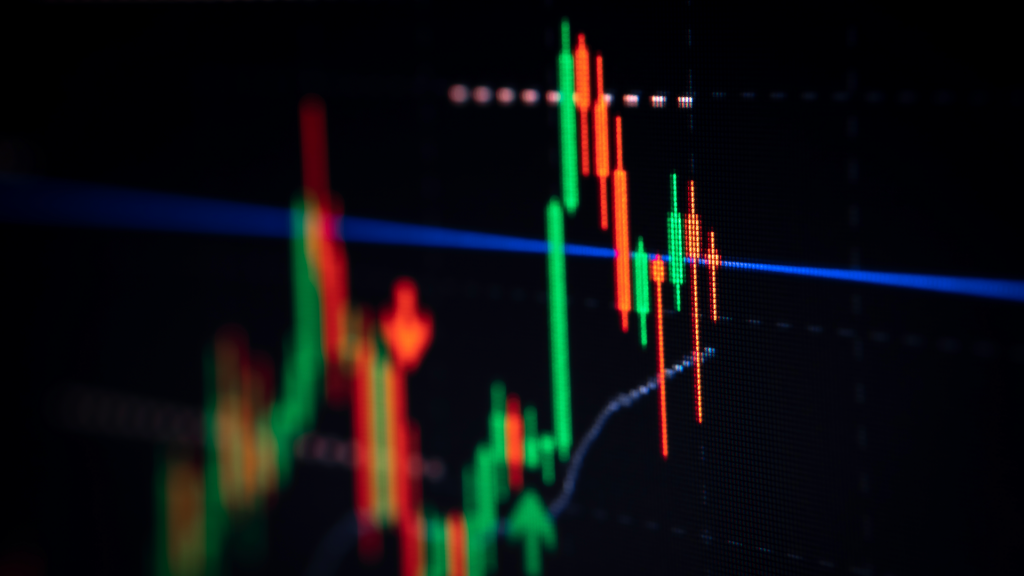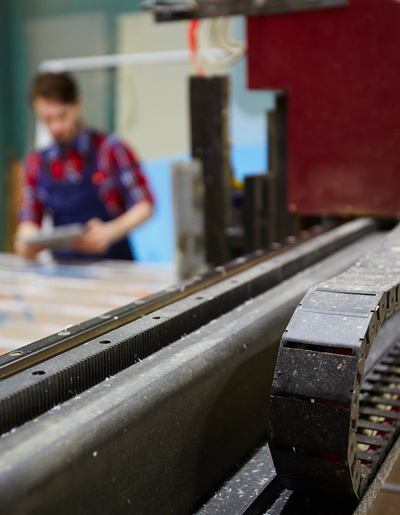Gross Domestic Product, or GDP, has long been considered the benchmark for economic well-being. Yet in a rapidly changing digital economy, GDP has lost its relevance as it fails to consider new and emerging business models, such as platform-based companies.
The Stanford Digital Economy Lab is building new metrics for measuring changes in consumer well-being that capture the value of currently unmeasured (and often free) digital goods and services. Our evolved index of digital goods and traditional goods, the GDP-B Index, will be a comprehensive measure of economic output that allows decision-makers to manage the economy more effectively.

GDP measures what people pay for goods and services but what about digital goods and services that are offered for free? Erik Brynjolfsson and Avinash Collis propose GDP-B, a new way to measure the digital economy.
Digital technologies are allowing companies to spawn new business and economic value in ways unthinkable just a decade ago. Businesses are reproducing digital goods and services at near-zero marginal cost and transmitting them instantaneously across the globe.
These technological advancements have virtually eliminated constraints on business and competition while creating opportunities for winner-take-most markets. At the same time, digital and intelligent technologies are vastly reducing search and transaction costs while improving the matching of even traditional goods and services.
Our research examines how these new business models operate and how they could effect society, business, and the economy.

Three Stanford Digital Fellows discuss the EU Digital Markets Act, legislation that seeks to reign in power of big tech companies like Amazon, Apple, and Google.

Researchers Erik Brynjolfsson, Wang Jin, and Kristina McElheran surveyed more than 30,000 manufacturers and discovered a sizable increase in productivity among plants that use tools to automate prediction. In “The Power of Prediction,” the research team outlines their findings and offers reasons why some companies using predictive analytics aren’t seeing such gains. Recognized for excellence by the Strategic Management Society and the National Association of Business Economists.
What will the future of work look like?
AI and other digital technologies have the potential to radically transform work, including the displacement of workers, the creation of new types of organizations, and changes in productivity and performance.
Our research seeks to understand the evolution of the global workforce in a rapidly changing digital economy. We also examine the effects of automation and augmentation of the workforce, as well as the impact that AI and robotics will have on employment, wages, and inequality.
Our research in action
Danielle Li of MIT Sloan School of Management joins Erik Brynjolfsson to discuss Hiring as Exploration. The research project highlights the value of incorporating exploration in developing decision-making hiring algorithms.